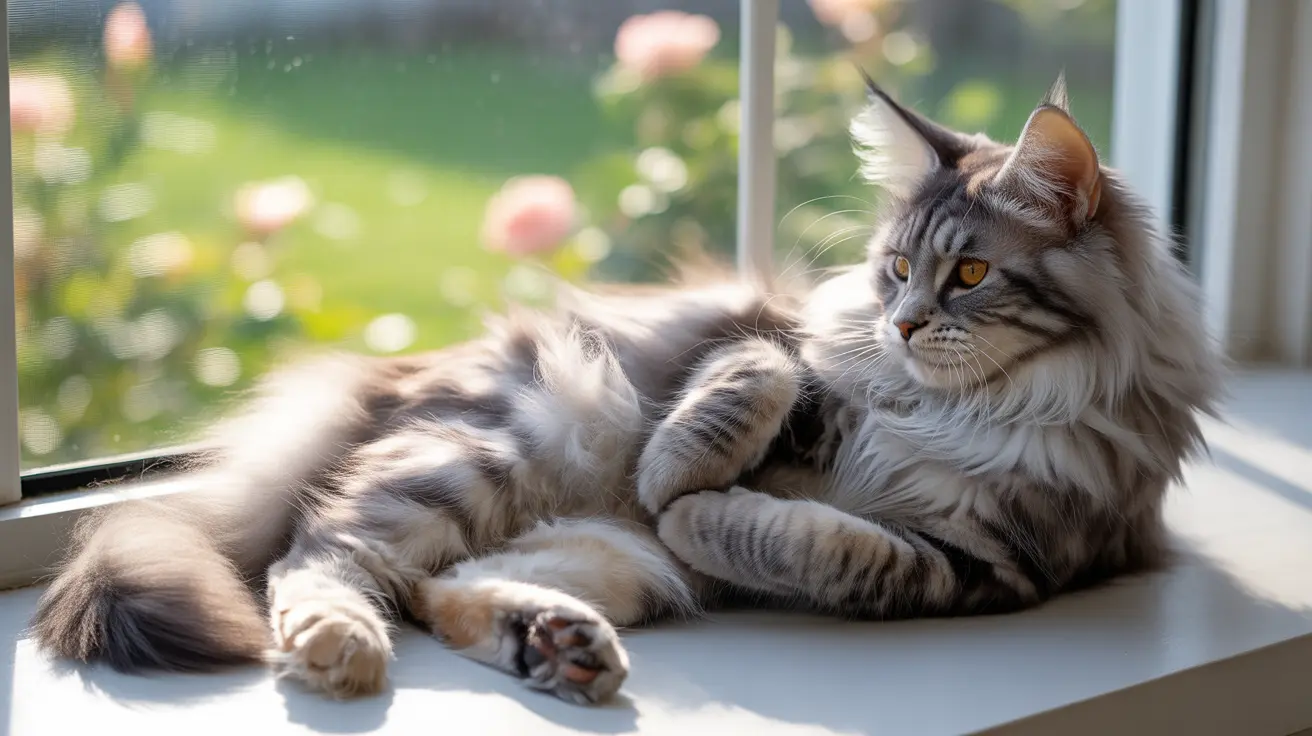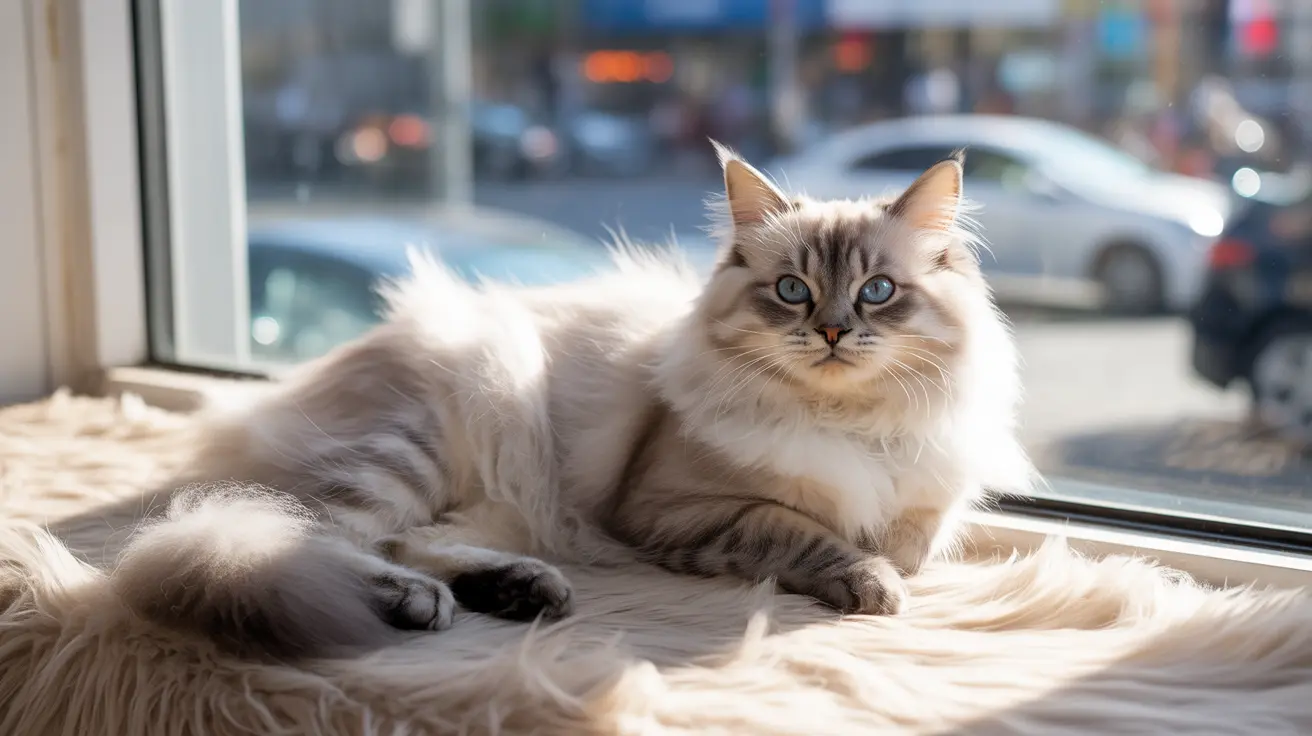Cat toe beans, those adorable cushiony pads on your feline friend's paws, come in a fascinating array of colors that tell us much about our cats' genetics and health. These digital pads aren't just cute – they're complex anatomical features that serve multiple purposes and can vary dramatically in color from cat to cat.
In this comprehensive guide, we'll explore the science behind cat toe bean colors, what they mean for your pet's health, and how these charming little pads develop their unique pigmentation patterns.
The Science Behind Cat Toe Bean Colors
Cat toe bean colors are primarily determined by genetics and closely linked to a cat's overall pigmentation. The same melanin that gives cats their fur color also influences their paw pad coloration. This genetic connection explains why black cats often have black toe beans, while white cats typically display pink pads.
Common toe bean color patterns include:
- Black or dark gray in black cats
- Pink or rose-colored in white cats
- Spotted or multicolored in calico and tortoiseshell cats
- Orange-tinted in ginger cats
How Genetics Influence Paw Pad Pigmentation
The genetic factors controlling toe bean colors are complex and fascinating. Melanin production, controlled by specific genes, determines not only the color of a cat's fur but also their toe beans, nose, and other skin areas. This explains why you'll often see matching colors between a cat's nose leather and paw pads.
Some interesting genetic patterns include:
- Solid-colored cats usually have matching toe beans
- Multi-colored cats may have spotted or mixed-color pads
- Point-colored breeds often have darker paw pads on their colored extremities
Health Indicators in Toe Bean Coloration
While toe bean colors are primarily genetic, changes in coloration can sometimes indicate health issues. Being aware of your cat's normal paw pad color can help you spot potential problems early.
Watch for these changes:
- Sudden paleness or loss of pigmentation
- Unusual spotting or darkening
- Redness or inflammation
- Changes in texture accompanied by color changes
Understanding Color Changes Over Time
It's normal for toe bean colors to evolve as cats age. Kittens typically start with pink pads that may darken or develop patterns as they mature. However, sudden or dramatic changes should be evaluated by a veterinarian.
Environmental Factors Affecting Toe Bean Color
While genetics set the baseline for toe bean coloration, environmental factors can influence their appearance:
- Sun exposure can cause darkening
- Temperature changes may affect temporary coloration
- Injuries or scarring can create permanent color changes
- Certain medications might affect pigmentation
Frequently Asked Questions
Why do cats have different colored toe beans, and how is it related to their fur color?
Cats' toe bean colors are directly linked to their genetic makeup and melanin production, which also determines their fur color. The same genes that control fur pigmentation influence paw pad coloration, which is why black cats often have black beans and white cats typically have pink ones.
Can the color of my cat's toe beans change as they grow older or due to health issues?
Yes, toe bean colors can naturally change as cats age, particularly during kittenhood. However, sudden or unusual changes might indicate health issues and should be checked by a veterinarian.
What causes some cats to have multi-colored or spotted toe beans instead of a single color?
Multi-colored or spotted toe beans usually occur in cats with varied coat patterns, like calicos or tortoiseshells. This is due to genetic factors that affect melanin distribution across the body, including the paw pads.
Are extra toe beans in polydactyl cats linked to specific breeds or geographic regions?
Polydactylism is a genetic trait found more commonly in certain populations and breeds, particularly in Maine Coons and cats descended from those in maritime regions of North America and Britain.
How can I tell if changes in my cat's toe bean color indicate a health problem that needs veterinary attention?
Sudden changes in color, especially when accompanied by swelling, pain, or changes in texture, should be evaluated by a veterinarian. Normal aging changes are gradual, while health issues often cause more rapid or dramatic changes.
Conclusion
Understanding your cat's toe bean colors can provide valuable insights into their genetics and health. While these adorable paw pads come in various colors and patterns, knowing what's normal for your cat helps you monitor their well-being effectively. Remember to regularly check your cat's toe beans and consult with your veterinarian if you notice any concerning changes.






